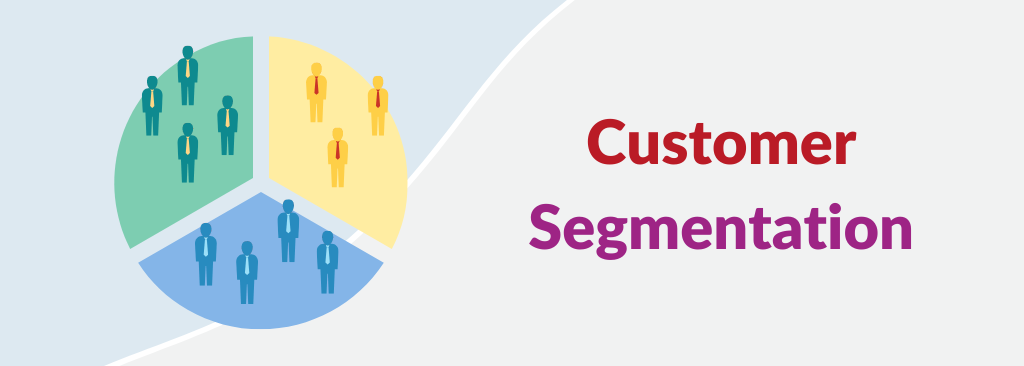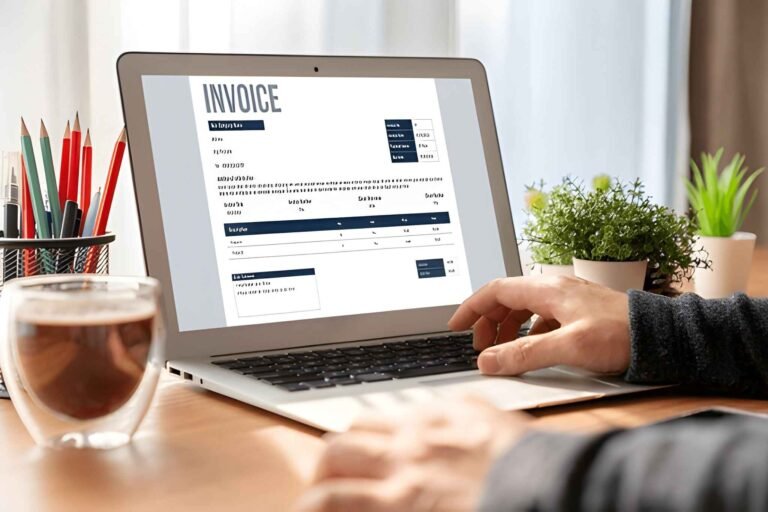
In the complex world of digital marketing, businesses strive to connect more meaningfully with their diverse customer base. Customer segmentation software emerges as a pivotal tool in this endeavor, enabling marketers to tailor their outreach efforts for maximum impact. The nuanced understanding of customer preferences afforded by this technology leads to more effective campaign planning and execution. By dividing customers into distinct groups based on various characteristics, companies can deliver personalized content that resonates on an individual level. Keep reading to explore how leveraging customer segmentation can transform marketing campaigns and improve business outcomes.
The Role of Customer Segmentation Software in Personalized Marketing
Alt text: A person sitting at a desk using a computer and a cell phone, analyzing customer segmentation software.
Customer segmentation software helps businesses tailor their marketing by dividing customers into detailed groups based on behavior, demographics, and preferences. Adestra uses this approach to deliver highly relevant messages that boost engagement and loyalty by speaking directly to each group’s interests.
With deeper insights from these segments, marketers can craft precise campaigns, even for niche audiences. In a crowded market, this level of personalization makes brands stand out, creating stronger customer relationships and enhancing overall brand image.
Enhancing Campaign Effectiveness with Targeted Customer Groups
Effective marketing campaigns rely on delivering tailored messages to the right audiences, and customer segmentation plays a vital role in this process. By identifying specific customer groups, businesses can increase conversion rates and maximize the efficiency of their marketing spend. Segmenting based on behavior and preferences allows companies to move beyond generic strategies and instead focus on personalized campaigns.
It also enables A/B testing within target segments, allowing marketers to fine-tune campaigns in real-time based on performance. Segmentation helps nurture leads more strategically, offering relevant content and incentives aligned with each stage of the buyer’s journey, which boosts the likelihood of successful conversions.
Leveraging Data Analytics for Advanced Market Segmentation
Data analytics drives advanced market segmentation by uncovering patterns in vast consumer datasets, allowing businesses to create more refined and responsive marketing strategies. Customer segmentation software, enhanced by machine learning, analyzes behavioral data to reveal purchasing motivations and evolving trends. This enables companies to adapt quickly to shifting consumer preferences and market dynamics.
Predictive analytics further empowers brands to anticipate customer needs before they’re explicitly expressed, strengthening personalization and loyalty. Beyond marketing, these insights influence product development, inventory, and customer service, aligning overall business operations with specific customer segments for greater efficiency and long-term engagement.
Integrating Customer Segmentation Tools with Marketing Strategies
Alt text: Marketing strategy notes on a wooden table, emphasizing the integration of customer segmentation tools with marketing strategies.
Integrating customer segmentation tools with CRM systems and marketing automation platforms is essential for creating a unified, accessible view of the customer. This integration ensures that data is usable and relevant, allowing insights to inform content, messaging, and delivery strategies. These tools enable marketers to adjust campaigns based on real-time feedback, improving responsiveness and effectiveness.
With agile decision-making, businesses can pivot strategies quickly to align with customer reactions. Segmentation tools enhance reporting and analysis capabilities, providing clear performance metrics and identifying areas for refinement. This continuous flow of insights supports a more strategic and dynamic approach to customer engagement.
Measuring Success: The Impact of Segmentation on Campaign ROI
Customer segmentation enhances marketing ROI by enabling more precise targeting, leading to higher conversion rates through personalized campaigns. It also optimizes campaign costs by focusing efforts on the most responsive audiences, reducing acquisition expenses, and improving budget efficiency. Tracking segmented groups over time provides insights into customer relationship health, supporting both acquisition and retention strategies.
Retaining loyal customer segments helps maintain consistent revenue and reduces dependence on attracting new customers. Ongoing measurement of campaign performance fosters continuous learning, allowing marketers to fine-tune future strategies based on past segment responses, ensuring that each marketing investment yields maximum effectiveness.
Overall, the prudent application of customer segmentation software has a ripple effect across all marketing activities, leading to more nuanced campaigns that strike a chord with diverse consumer groups. By investing in these tools and strategies, businesses not only increase the efficiency of their marketing dollars but also foster a more personalized and enduring connection with their customers.







